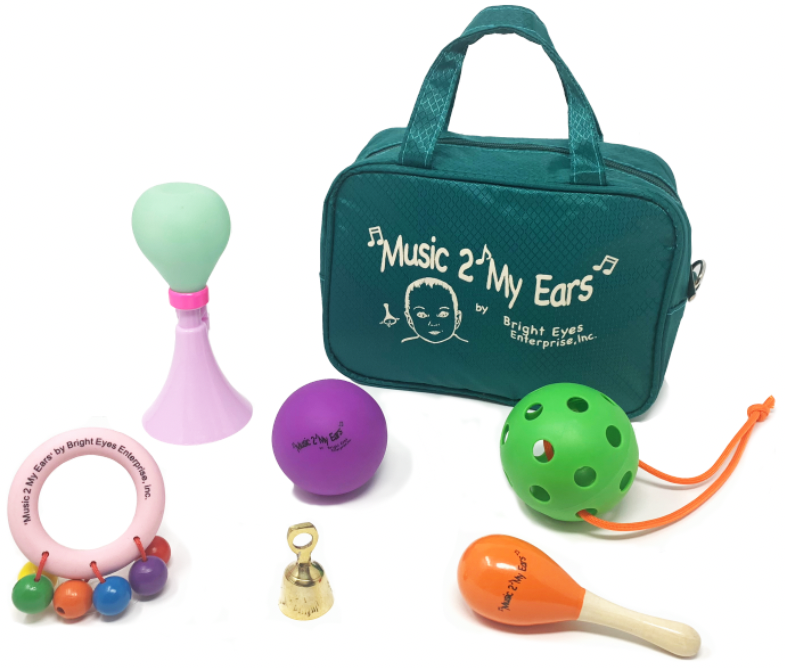Music 2 My Ears Hearing Screening System can be an additional tool for cursory hearing screening in an autism spectrum disorder assessment program. It is not diagnostic and should only be used in the overall observation of a child’s hearing behavior and as one component of the larger assessment program. This system was designed to help identify mild to moderate hearing loss. It is considered beneficial in screening children who may have an autism spectrum disorder in that the screener does not need to physically touch the child being screened, which might cause an under or over-sensory response and thus render the results ineffective. Not all children suspected of an autism spectrum disorder will respond to Music 2 My Ears with the normal expected responses as detailed in the manual. As one goes through the screening process, as described in the manual, make detailed notes of the responses observed so that the information can be included and considered in the overall assessment. Originally designed for those who were not yet able to listen and respond to pure tone sounds through earphones, however, this has been shown to be the ideal tool for some children on the spectrum who have a harder time tolerating earphones or pure tone or more technologically advanced, but intrusive devices. Screeners can observe any abnormal response and refer the child on for further testing.




